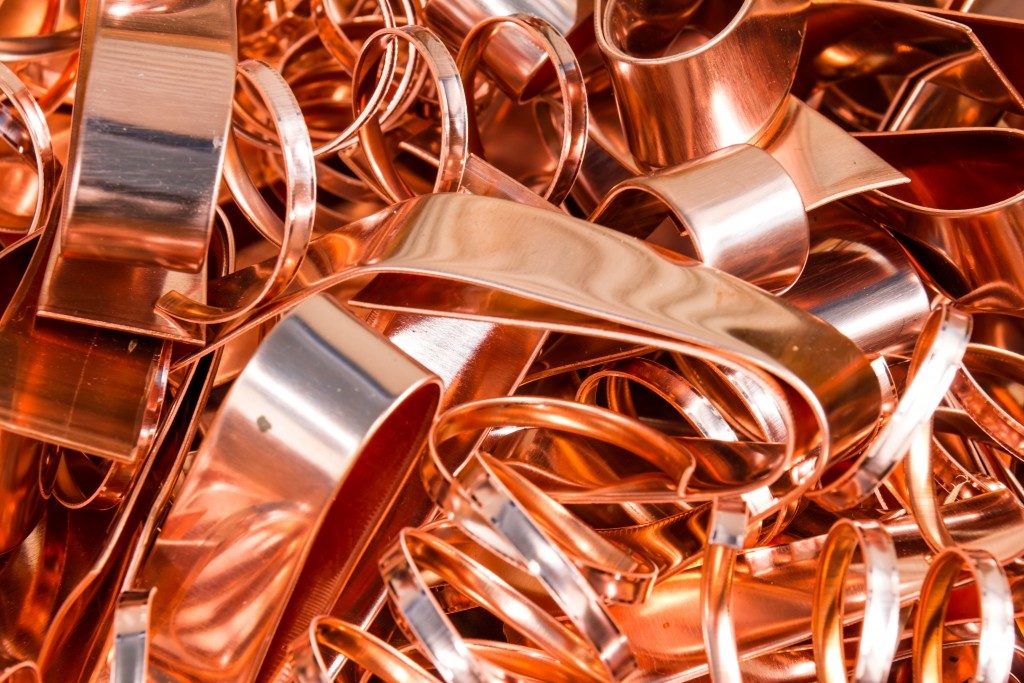Nowadays, metal sheets are immensely utilized for numerous purposes, such as manufacturing furniture pieces, estate fences, vehicles, and even personal electronic devices. This is because the flatness and thinness of the material enable manufacturers to manipulate and form it as desired. Despite being extremely thin, sheet metal is durable and doesn’t easily tear or get damaged from manufacturing processes. Moreover, sheet metal comes in a wide variety of types and thickness, and each one is appropriate for specific industrial applications.
Below, we’ll enumerate some common types of sheet metal, accompanied by their respective uses.
Tin
Tin is typically associated with tin cans used for storing and preserving goods, and while it is indeed commonly employed in the manufacturing of cans, it has a number of other industrial applications. Tin sheets are also used for crafting jewelry and producing interior décor. Other industries that utilize tin include telecommunications, electronics, construction, and aerospace.
A key characteristic of tin is corrosion resistance, and this is primarily why plenty of manufacturers prefer it. It’s also available in multiple finishes and colors, and significantly cheaper than other metals like silver, copper, platinum, and gold. Cutting and forming tin sheets is also relatively easier as compared to harder types of metal.
Steel
-
Hot Rolled Steel. This is a great option when having an affordable and sturdy flat metal sheet is a higher priority than a finished appearance. The formation of this material only entails placing steel through intensely hot rollers (i.e. reaching about 1,400°F). Thus, producing hot rolled steel sheet metal is time-efficient and easy. However, the drawback is it usually has surface imperfections.
-
Cold Rolled Steel. For projects that require a good surface finish, cold-rolled steel is the better choice. Accordingly, this steel sheet undergoes the same process as its hot-rolled counterpart. The only difference is that it’s also rinsed with an acid and then treated with heat to create a smoother and more attractive surface. It’s often stronger and more durable, but still simple to manipulate and work with.
-
Mild Steel. This type of steel sheet is actually a cold-rolled steel subset that contains less carbon than other sheet metals. Because of its chemical composition, mild steel is highly suitable for welding and formation. In addition, mild steel sheets are also widely used in the construction of automobile body panels.
Aluminum
Web writer Nicole Martinez of It Still Runs describes aluminum as the most popular material for sheet metal aside from steel. Due to its natural softness, other elements such as copper, silicon, iron, and magnesium are added to make aluminum steel sheets stronger and sturdier.
Particular aluminum metal sheets can be heat-treated to increase strength. This type is also generally resistant to corrosion. The features of aluminum sheet metal make it ideal for a lot of purposes, including manufacturing fan blades, home appliances, electronic chassis, and jewelry.
Copper

Like aluminum, the properties of copper sheet metal makes it a popular choice in jewelry manufacturing. It’s also commonly utilized to produce parts for electronics such as computers and household appliances, given that copper is conductive and works well with electric power.
While metal sheets share similar characteristics, it’s still vital to choose the type that best suits a specific project or application. This allows for improved accuracy and higher quality of output.

